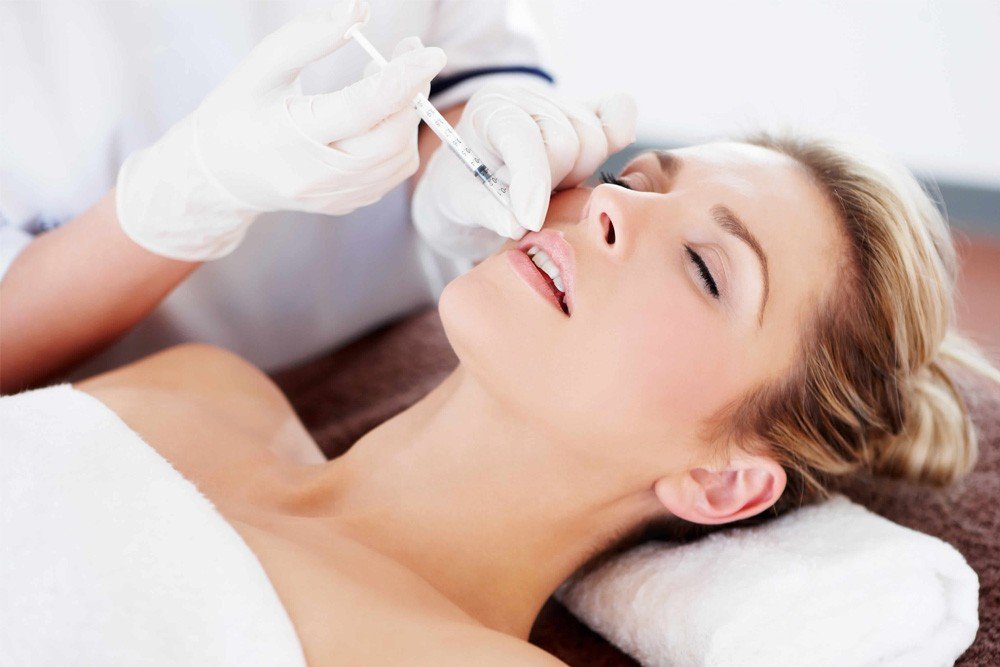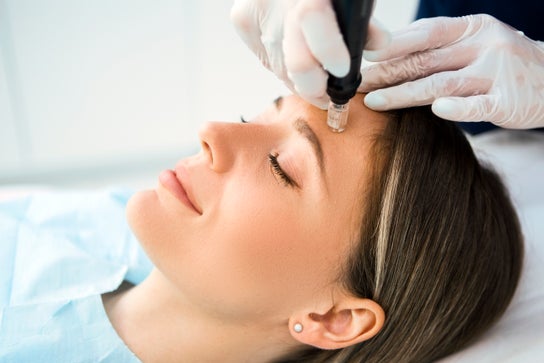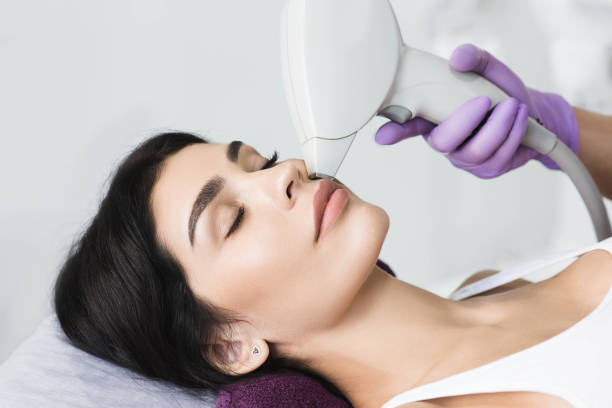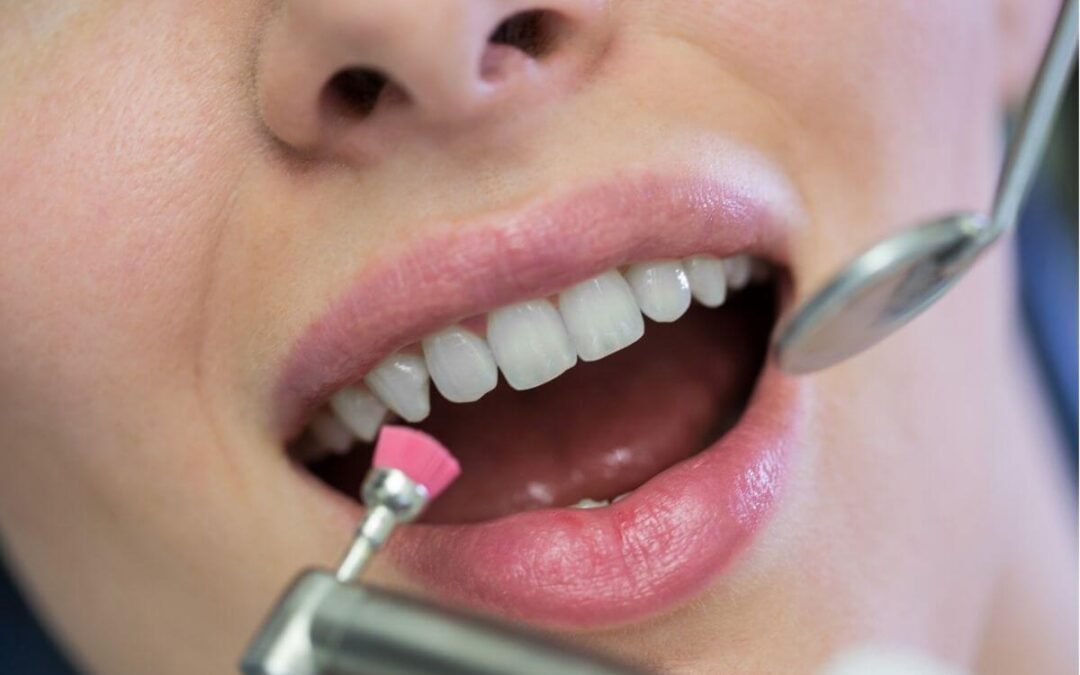Platelet-Rich Plasma (PRP) therapy has gained significant popularity in recent years as a innovative and natural approach to skin rejuvenation and healing. Its ability to stimulate tissue regeneration and promote collagen production makes it a preferred choice for many seeking youthful, radiant skin. When considering PRP in Abu Dhabi or elsewhere, understanding which skin types respond best to the treatment can help individuals make informed decisions about their skincare routines and aesthetic goals.
In this comprehensive guide, we will explore the various skin types that benefit most from PRP therapy, how the treatment works for different skin concerns, and what factors influence its effectiveness. Whether you’re looking to address signs of aging, improve skin texture, or enhance your overall complexion, knowing the suitability of PRP for your skin type is essential.
Understanding PRP Therapy and Its Mechanism
What is PRP Therapy?
PRP therapy involves drawing a small amount of your blood, processing it to concentrate the platelets, and then injecting the platelet-rich plasma back into targeted areas of the skin. The concentrated platelets release growth factors that stimulate tissue repair, collagen synthesis, and skin renewal. This natural process promotes healthier, firmer, and more youthful skin over time.
How Does PRP Promote Skin Rejuvenation?
The growth factors in PRP encourage cellular turnover and stimulate the production of new collagen and elastin fibers. This results in improved skin elasticity, reduced fine lines, and a more even skin tone. Because PRP uses your own biological material, it minimizes the risk of allergic reactions or adverse effects, making it suitable for a wide range of skin types.
Skin Types That Benefit Most from PRP Treatment
1. Oily and Acne-Prone Skin
Oily skin types, especially those prone to acne, often experience scarring, enlarged pores, and uneven skin texture. PRP can significantly improve these concerns by promoting tissue repair and reducing inflammation associated with acne lesions. The healing properties of PRP help diminish the appearance of acne scars, resulting in smoother skin with a more refined texture.
2. Dry and Dehydrated Skin
Dry skin types often suffer from dullness, fine lines, and loss of elasticity. PRP enhances hydration levels by stimulating the production of new skin cells and improving the skin’s barrier function. This treatment helps restore moisture balance, leading to a plump, radiant complexion.
3. Mature and Aging Skin
As skin ages, collagen production naturally declines, leading to wrinkles, sagging, and loss of firmness. PRP is particularly effective for mature skin by boosting collagen synthesis, improving skin elasticity, and reducing fine lines. It can effectively restore a youthful appearance and promote skin thickness, making it an ideal option for aging skin.
4. Sensitive and Reactive Skin
Individuals with sensitive skin often experience redness, irritation, and difficulty tolerating certain treatments. PRP’s autologous nature makes it a safe choice for sensitive skin, as it minimizes the risk of allergic reactions. Its anti-inflammatory properties also help soothe irritation and promote healing.
5. Hyperpigmented and Uneven Skin Tone
PRP can assist in evening out skin tone and reducing hyperpigmentation by encouraging cell turnover and skin renewal. It can be particularly beneficial for those with sun damage or age spots, resulting in a clearer, more uniform complexion.
Customizing PRP Treatments Based on Skin Needs
Addressing Wrinkles and Fine Lines
For skin with early signs of aging, PRP can help smooth out fine lines by stimulating collagen production. Multiple sessions may be recommended for optimal results, especially in targeted areas like around the eyes and mouth.
Improving Skin Texture and Tone
PRP’s regenerative properties make it effective for improving overall skin quality. It helps reduce roughness, enlarged pores, and discoloration, leading to a more polished and luminous appearance.
Treating Scarring and Acne Marks
Individuals with scars from acne or other skin injuries can benefit from the regenerative effects of PRP. When combined with other treatments like microneedling, PRP can enhance healing and minimize the appearance of scars.
Factors Influencing the Effectiveness of PRP
Skin Thickness and Elasticity
Thicker, more elastic skin tends to respond better to PRP because it can better support collagen remodeling. Conversely, very thin or fragile skin may require a tailored approach to maximize benefits while minimizing discomfort.
Age and Skin Condition
Younger skin with good baseline collagen levels may see faster improvements, while older or heavily sun-damaged skin might require multiple sessions for noticeable results. The overall health and condition of the skin influence how well PRP stimulates regeneration.
Lifestyle and Skin Care Routine
A healthy lifestyle, including proper hydration, sun protection, and a balanced diet, enhances PRP outcomes. Consistent skincare routines that support skin health can amplify the benefits of the treatment.
Why Choosing the Right Candidate Matters
PRP treatment is versatile and suitable for many skin types, but individual suitability depends on specific skin concerns, goals, and overall health. Consulting with a qualified skincare professional helps determine if PRP is the right option for your skin type and whether any complementary treatments could optimize results.
Summary
PRP therapy offers a natural, safe, and effective approach to rejuvenating a variety of skin types. It benefits:
- Oily and acne-prone skin by reducing scars and controlling inflammation
- Dry skin through enhanced hydration and collagen production
- Mature skin by restoring firmness and reducing wrinkles
- Sensitive skin with its anti-inflammatory and healing properties
- Hyperpigmented skin by promoting skin renewal
Understanding your skin type and concerns allows for tailored treatment plans that maximize results. Whether aiming to combat signs of aging, improve texture, or address specific skin issues, PRP can be a transformative addition to your skincare regimen.
FAQs About PRP in Abu Dhabi
1. Is PRP suitable for all skin types?
PRP is generally suitable for most skin types due to its autologous nature, which minimizes allergic reactions. However, a professional consultation is recommended to assess individual skin conditions and goals.
2. How many sessions are typically needed for noticeable results?
Most individuals see improvements after 3 to 4 sessions, spaced several weeks apart. The exact number varies based on skin concerns and desired outcomes.
3. Can PRP be combined with other skin treatments?
Yes, PRP often works synergistically with procedures like microneedling, laser therapy, or chemical peels to enhance overall results.
4. How long do the results of PRP last?
Results can last from 12 to 18 months, depending on individual skin aging processes, lifestyle, and skincare routine. Maintenance sessions may be recommended for sustained benefits.
If you’re considering PRP Abu Dhabi, consulting with a qualified skincare specialist can help determine the most suitable approach for your skin type and aesthetic goals. Embrace the natural regenerative power of PRP to achieve healthier, more youthful skin.







0 Comments